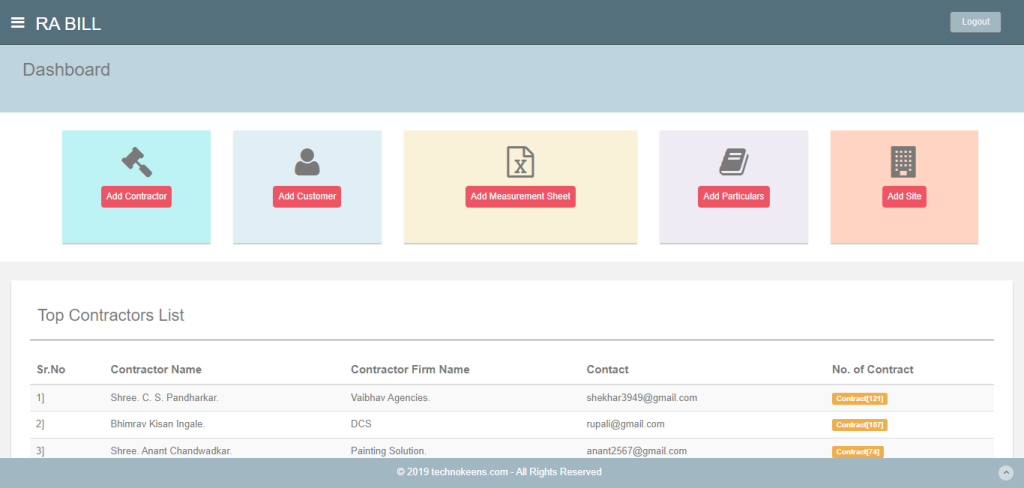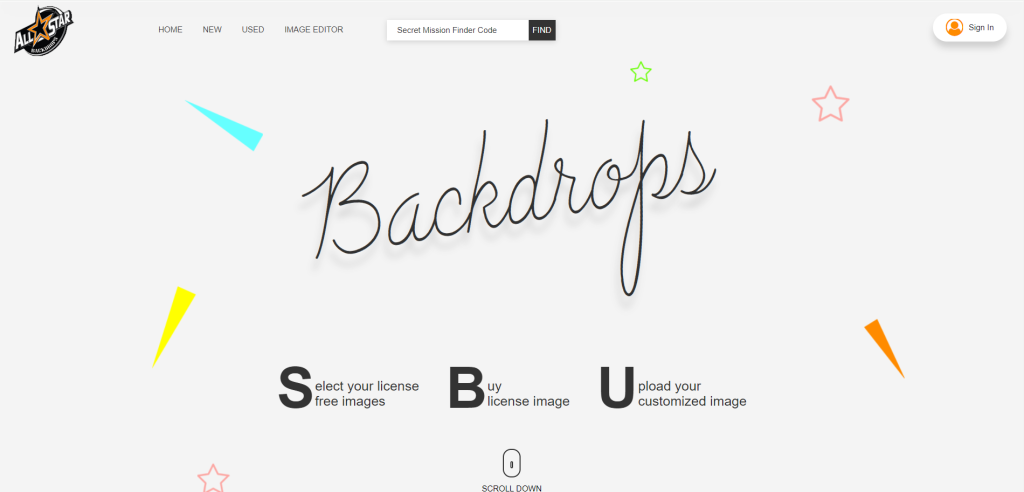CMS Integration
Technokeens: Understanding CMS Integration: Simplifying Content Management and Publication
Content Management System (CMS) Integration involves incorporating a CMS into a website or application, enabling easy management and publication of content without needing extensive technical knowledge. A CMS allows users to create, edit, and manage content such as text, images, and videos through a user-friendly interface.
Overview
The Process of CMS Integration: Selecting, Installing, and Customizing a CMS Platform
The process begins with carefully selecting a content management system (CMS) that aligns with the unique needs of the business. Various factors need to be considered, such as the ease of use, customization options, scalability, and cost. There are several popular CMS platforms available, including WordPress, Drupal, and Joomla. Each of these platforms offers different features and levels of flexibility, allowing businesses to choose the one that best suits their requirements.
Once a CMS is chosen, the next step involves the integration process. This entails installing the CMS and setting it up on the web server. If there is an existing website, it may be necessary to migrate its content and design to the new CMS platform. This migration process must be handled with utmost care to ensure that all content is transferred accurately and that the website’s search engine optimization (SEO) rankings are maintained.
Customization plays a significant role in the CMS integration process. This includes tailoring the design to match the branding of the business and creating a layout that enhances the overall user experience. Additionally, custom features and functionalities can be developed and seamlessly integrated into the CMS to meet specific business requirements. This allows for a more personalized and tailored experience for both the business and its users.
Industries

Key Considerations for CMS Integration: Responsive Design and User Training & Support -
A crucial aspect of CMS integration is ensuring the website is responsive and mobile-friendly. With the increasing use of smartphones for internet access, it’s essential that the CMS can adapt the content to different screen sizes and devices.
Training and support are also essential components of CMS integration. Users who will be managing the content need to understand how to use the CMS effectively. This may involve training sessions and creating user guides or documentation.
Impact
Sustaining CMS Integration: Ongoing Maintenance and Updates for Security and Performance
Ongoing maintenance and updates are critical to keep the CMS secure and functioning optimally. This includes regular software updates, backups, and security checks to protect against vulnerabilities.
Each of these services plays a vital role in the overall development process, tailored to meet specific business needs and ensuring efficient and effective digital solutions.

Related Case Studies
Take a look at
these related case studies

Renovation System Pro
Introducing a comprehensive project management and financial solution for the renovation industry, designed to streamline resource management, predict uncertainties with AI-driven anomaly detection, and facilitate financing through credibility analysis and fintech collaboration, complemented by a simplified and transparent bidding platform for project and property owners

House Owner Management System
Explore the challenges faced by property owners like Mr. Johnson who juggle the complexities of managing a portfolio of rental properties, and society owners struggling with the demands of overseeing community operations, as they both seek efficient systems to streamline task management, communication, and organizational responsibilities.

E-Painter

E-Tender

ASBD All Star Backdrop

Student Management System

E-Commerce Grocery Store

Investment Advisory Service

Taxi Booking App

Estimate Generator And Management Portal
Government employees, specifically junior engineers, are responsible for creating and managing estimates in an Excel sheet. This process involves using specific formulas for calculations. However, due to the large amount of data and records, searching, deleting, and updating records is a lengthy and time-consuming task.

Student Management System

